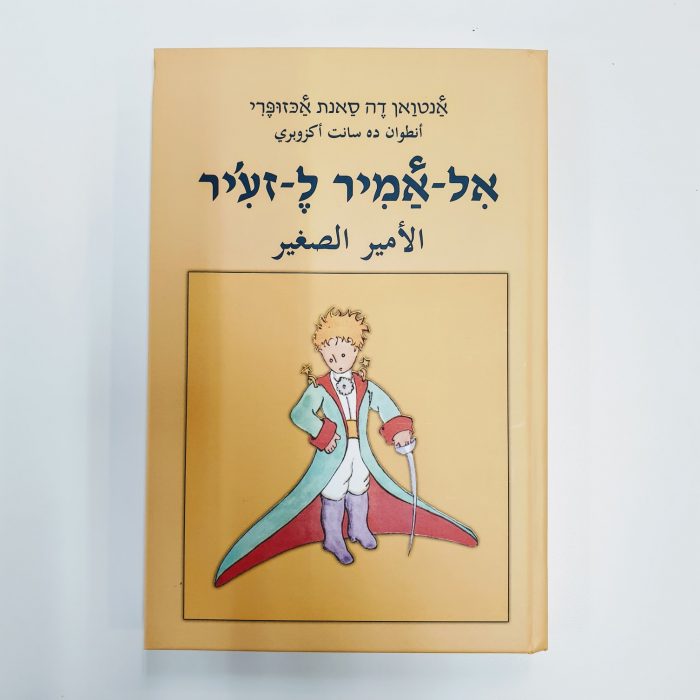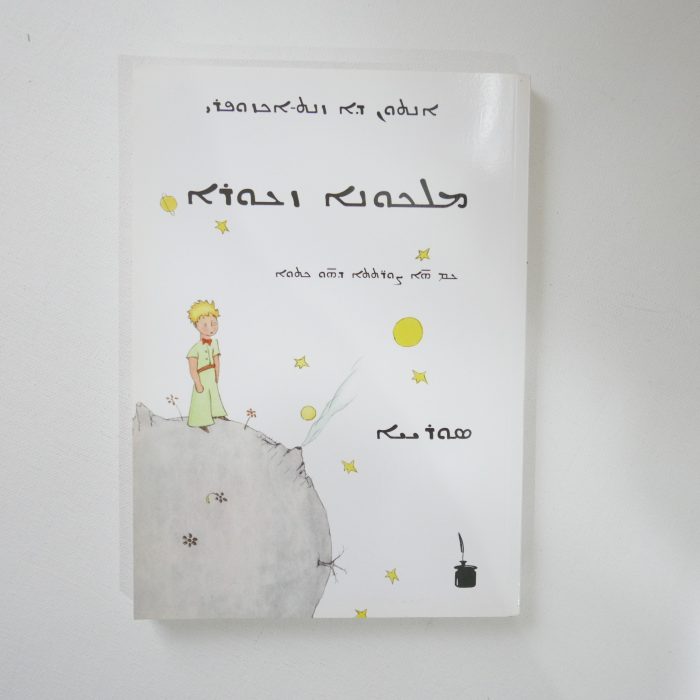
الأمير الصغير (Il Amir lezgir), in Palestinian Arabic.
Palestinian Arabic is a dialect of Arabic spoken in Palestine and by Palestinian communities around the world. It has distinct characteristics that set it apart from other Arabic dialects.
A difference between Palestinian Arabic and other Arabic dialects is its pronunciation. Palestinian Arabic has distinct sounds that are not found in other dialects, such as the ayn sound (a guttural sound produced deep in the throat) and the ghayn sound (a voiced pharyngeal fricative sound). These sounds are used in words that are pronounced differently in other Arabic dialects.
Palestinian Arabic is also influenced by the unique history and culture of Palestine. The language has been shaped by the region’s diverse cultural influences, including those of the Ottoman Empire, the British Mandate, and neighbouring countries like Jordan and Lebanon.
As the translators mentioned, an issue they faced in translating the book is that the Arabic language is diglossic: the difference bwtween its spoken and written forms is so great that they could almost be defined as separate laguages. The written language has clear & uniform rules. The spoken language remains flexible and inconsistent. In the end the translator decided to adopt a flexible approach and use a form of transcription reflecting the spelling used by native Arabic speakers when they write brief colloquial texts on computer etc.

Malkuno Zcuro, in Aramaic. Aramaic is a language or group of languages belonging to the Semitic subfamily of the Afroasiatic language family. The Aramaic alphabet was widely adopted for other languages and is ancestral to the Hebrew, Syriac and Arabic alphabets. During its approximately 3,100 years of written history, Aramaic has served variously as a language of administration of empires, as a language of divine worship and religious study, and as the spoken tongue of a number of Semitic peoples from the Near East.


